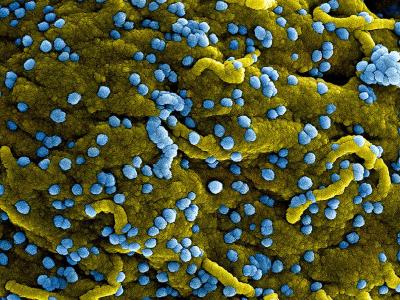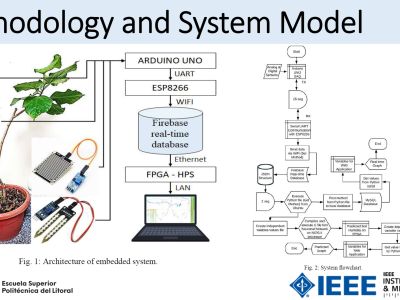A Labeled Dataset for Sentiment Analysis of Videos on YouTube, TikTok, and other Sources about the 2024 Outbreak of Measles

- Citation Author(s):
-
Nirmalya Thakur (Department of Computer Science, Emory University)Vanessa Su (Department of Mathematics, Emory University)Mingchen Shao (Department of Computer Science, Emory University)Kesha A. Patel (Department of Mathematics, Emory University)Hongseok Jeong (Department of Computer Science, Emory University)Victoria Knieling (Program in Linguistics, Emory University)Andrew Bian (Goizueta Business School, Emory University)
- Submitted by:
- Nirmalya Thakur
- Last updated:
- DOI:
- 10.21227/40s8-xf63
- Data Format:
- Research Article Link:
 1059 views
1059 views
- Categories:
- Keywords:
Abstract
To access this dataset without purchasing an IEEE Dataport subscription, please visit: https://zenodo.org/doi/10.5281/zenodo.11711229
Please cite the following paper when using this dataset:
N. Thakur, V. Su, M. Shao, K. Patel, H. Jeong, V. Knieling, and A.Bian “A labelled dataset for sentiment analysis of videos on YouTube, TikTok, and other sources about the 2024 outbreak of measles,” Proceedings of the 26th International Conference on Human-Computer Interaction (HCII 2024), Washington, USA, 29 June - 4 July 2024. (URL: https://dl.acm.org/doi/10.1007/978-3-031-76806-4_17)
Abstract
This dataset contains the data of 4011 videos about the ongoing outbreak of measles published on 264 websites on the internet between January 1, 2024, and May 31, 2024. These websites primarily include YouTube and TikTok, which account for 48.6% and 15.2% of the videos, respectively. The remainder of the websites include Instagram and Facebook as well as the websites of various global and local news organizations. For each of these videos, the URL of the video, title of the post, description of the post, and the date of publication of the video are presented as separate attributes in the dataset. After developing this dataset, sentiment analysis (using VADER), subjectivity analysis (using TextBlob), and fine-grain sentiment analysis (using DistilRoBERTa-base) of the video titles and video descriptions were performed. This included classifying each video title and video description into (i) one of the sentiment classes i.e. positive, negative, or neutral, (ii) one of the subjectivity classes i.e. highly opinionated, neutral opinionated, or least opinionated, and (iii) one of the fine-grain sentiment classes i.e. fear, surprise, joy, sadness, anger, disgust, or neutral. These results are presented as separate attributes in the dataset for the training and testing of machine learning algorithms for performing sentiment analysis or subjectivity analysis in this field as well as for other applications. The paper associated with this dataset (please see the above-mentioned citation) also presents a list of open research questions that may be investigated using this dataset.
Instructions:
The instructions for the usage of this dataset are presented in the associated paper. Please see the above-mentioned citation for the paper.















